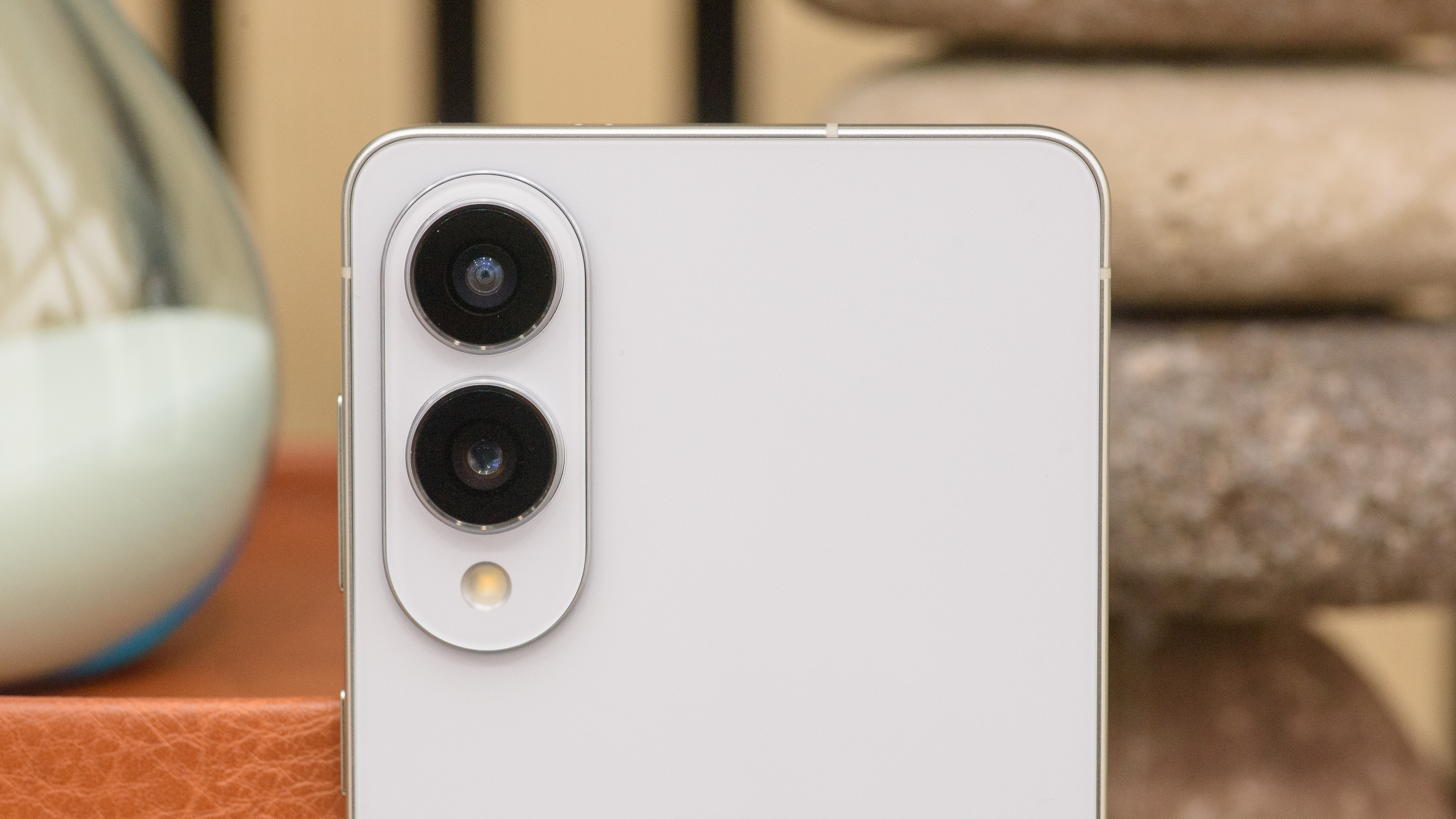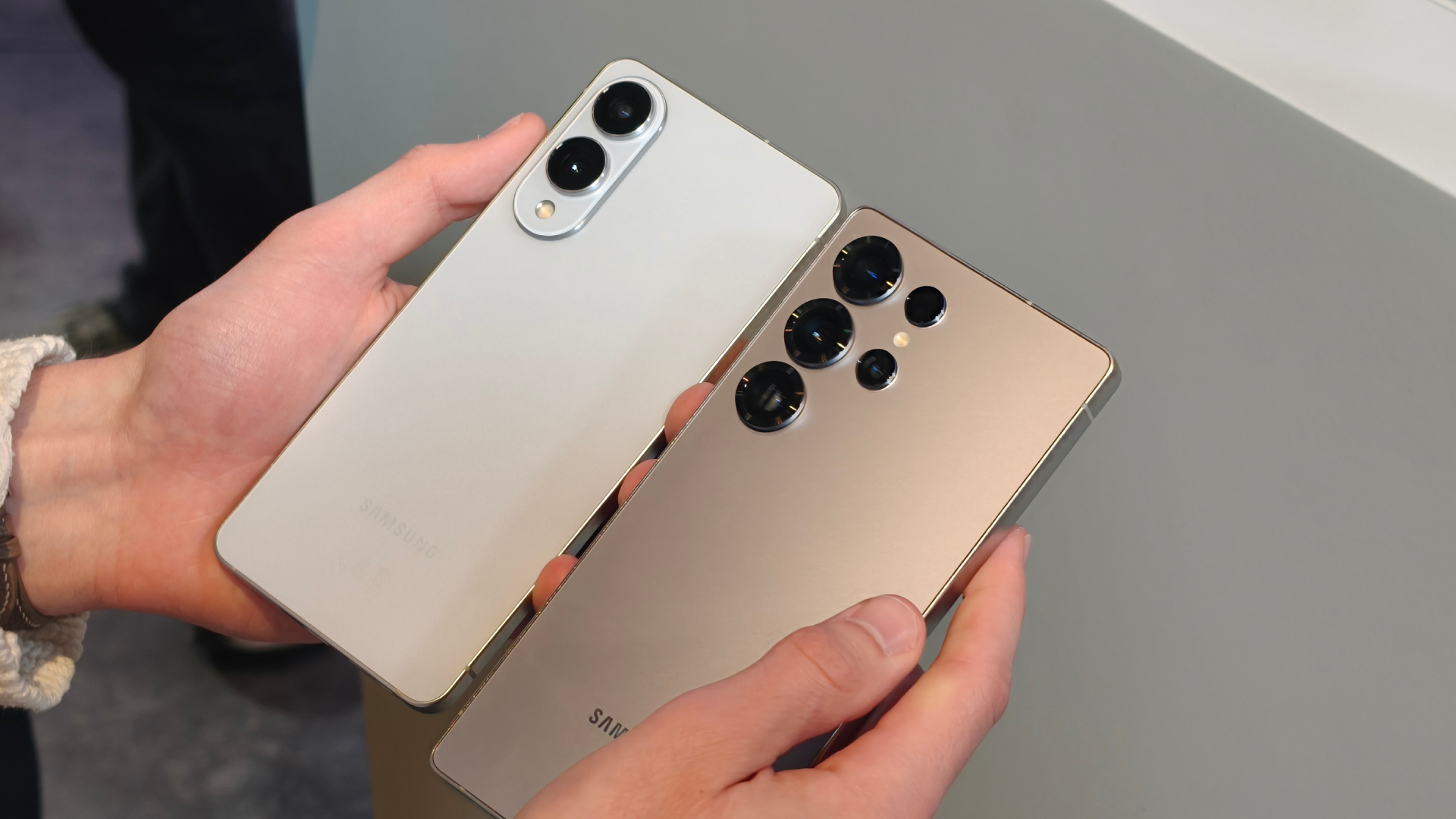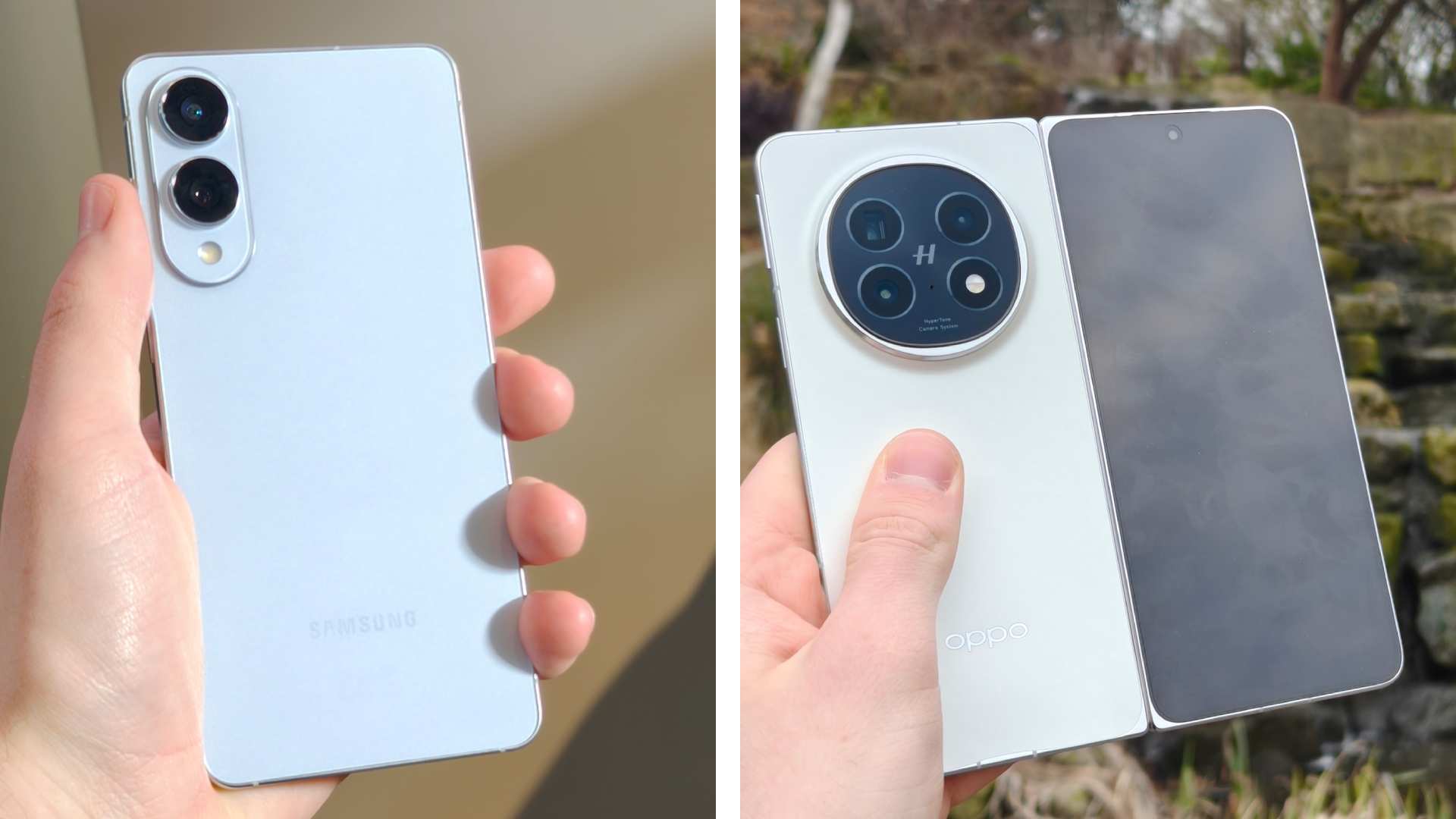The Samsung Galaxy S25 Edge’s camera system is its most confusing feature
World-class main camera meets unnecessary ultra-wide

The Samsung Galaxy S25 Edge is here, and with it being priced between the Galaxy S25 Plus and Galaxy S25 Ultra, the slimmest ever Galaxy S phone carves out a peculiar spot in Samsung’s mobile lineup.
In some ways, it’s a blend of both its big-screen siblings – the Edge has 12GB of RAM and a titanium chassis reminiscent of the Galaxy S25 Ultra, but at just 5.8mm and 163g, it's slimmer and lighter than the Galaxy S25 Plus it most closely resembles.
Having gone hands-on with the Galaxy S25 Edge myself, I can confidently say it’s an impressive device, both as a stylishly designed product and a fabulous piece of engineering. Tapping out a Google search feels like typing on nothing, and the phone simply disappears into my pocket. Overall, I'm very impressed.
With that said, there is one aspect of this new hybrid smartphone that feels a little more confused than composite.

The Samsung Galaxy S25 Edge’s camera system finds itself in an interesting position. The phone has the same excellent 200MP main camera as the Galaxy S25 Ultra, alongside the 12MP ultra-wide found on the vanilla Galaxy S25 and Galaxy S25 Plus.
That’s a heck of a contrast – the prized snapper from one of the best camera phones around next to an ultra-wide lens, the likes of which I’ve always found to be rather unnecessary.
During my hands-on experience with the Galaxy S25 Edge, I was able to briefly try out the camera app, and while resolution is rarely the full story with mobile cameras, there is a noticeable change in quality when switching between the two lenses.
Sign up for breaking news, reviews, opinion, top tech deals, and more.
There’s also the fact that the Galaxy S25 Edge is the only model in the Galaxy S25 lineup to not feature a telephoto camera with some level of optical zoom. Samsung has long stood out from its main competitors like Apple and Google by offering telephoto cameras all the way through its flagship lineup, not just on more expensive models.
At a starting price of $1,099.99 / £1,099 / AU$1,850, the Galaxy S25 Edge is no budget device. It’s a little awkward to have the second-most expensive phone in the lineup missing a key feature sported by its less expensive siblings.
Still, a form factor like this demands some sacrifices. Speculatively, I imagine some of the increased cost of the Galaxy S25 Edge has gone into designing a phone that can actually function while remaining so thin.

I felt a similar way when putting together our Oppo Find N5 review – the world’s thinnest book-style foldable also evidenced some compromises with its camera system to achieve its form factor.
As with the Oppo Find N5, I respect why Samsung may have made the choice to equip the Galaxy S25 Edge with a less powerful camera system – but to be honest, I’d rather have seen the Korean tech giant go all out by ditching the second camera altogether, and either cutting the price or investing those resources elsewhere.
Even so, the Galaxy S25 Edge will hopefully be easy to recommend to photographers. That main camera is no joke – the Galaxy S25 Ultra is one of the best camera phones money can buy, and to have that same camera on a cheaper (if still pricey) handset is something that deserves serious consideration.
More importantly, though, the Galaxy S25 Edge is svelte and light enough to go absolutely anywhere, making it all the easier to pick up the phone and capture moments. Any recommendation will naturally depend on the phone’s battery life and long-term performance – be sure to keep up with our Samsung Galaxy Phones coverage for the results of our testing.
You might also like

Jamie is a Mobile Computing Staff Writer for TechRadar, responsible for covering phones and tablets. A lifelong tech-obsessive, Jamie began his writing career as a music blogger before studying journalism at Goldsmiths College, and joined TechRadar in 2024. He thinks the iPhone 5S is the greatest phone of all time, but is currently an Android user.
As well as reporting on the latest in mobile hardware, software, and industry developments, Jamie specialises in features and long-form pieces that dive into the latest phone and tablet trends. He can also be found writing for the site's Audio and Streaming sections from time to time, or behind the decks as a DJ at local venues around London.
You must confirm your public display name before commenting
Please logout and then login again, you will then be prompted to enter your display name.